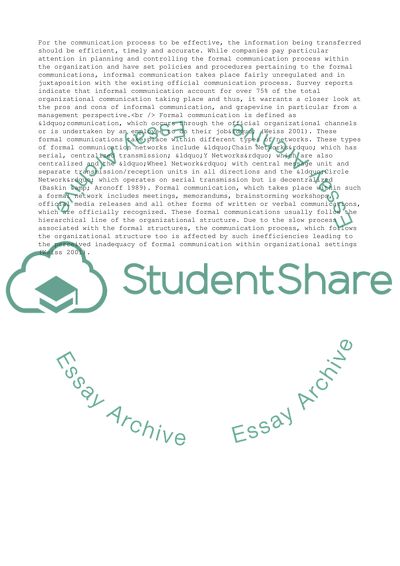Cite this document
(Formal and Informal Communications within an Organization Literature review, n.d.)
Formal and Informal Communications within an Organization Literature review. Retrieved from https://studentshare.org/management/1704553-formal-and-informal-communications-within-an-organization
Formal and Informal Communications within an Organization Literature review. Retrieved from https://studentshare.org/management/1704553-formal-and-informal-communications-within-an-organization
(Formal and Informal Communications Within an Organization Literature Review)
Formal and Informal Communications Within an Organization Literature Review. https://studentshare.org/management/1704553-formal-and-informal-communications-within-an-organization.
Formal and Informal Communications Within an Organization Literature Review. https://studentshare.org/management/1704553-formal-and-informal-communications-within-an-organization.
“Formal and Informal Communications Within an Organization Literature Review”. https://studentshare.org/management/1704553-formal-and-informal-communications-within-an-organization.


